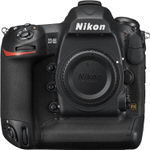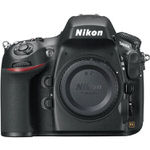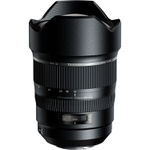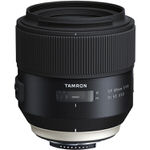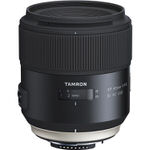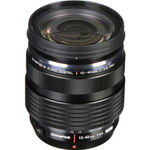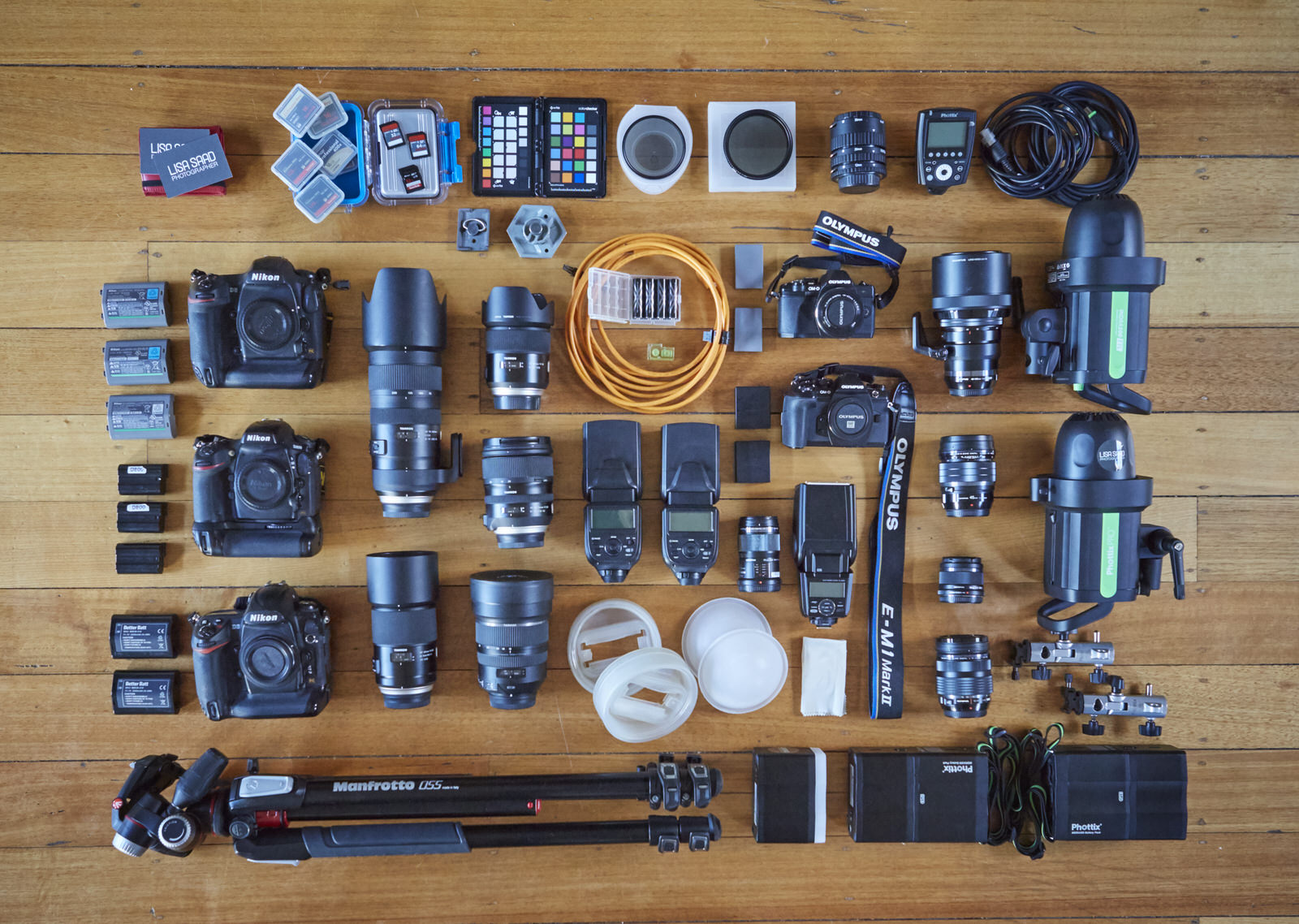
A Full Equipment Overview with Commercial Photographer Lisa Saad
It’s the “chicken or egg” debate of the photography community: which is more important, the photographer or the gear? In advertising and commercial photographer Lisa Saad’s case, there’s no need to choose. From the vulnerable and compelling work in her recent series The Anonymous Man to the high level of professionalism she exhibits in her commercial projects, Lisa’s vision and equipment work hand in hand to produce quality work that has won over 200 awards.
Her over 30 years of experience in the field have taken her to some pretty incredible places. As befitting such an established photographer, Lisa has an extensive collection of equipment with many specialized pieces. She selects flexible gear based on its simplicity and performance, customizing her kit based on the project at hand and performing regular maintenance on each item in order to ensure a long life span.
Such a broad range of equipment raises questions. How much is too much? How much is not enough? There are a lot of strong opinions out there on the amount of gear a photographer really needs, but the truth is that the answer varies widely depending on what kind of photography is in question. While a certain level of proficiency can sometimes outweigh the latest specs, a photographer’s history and comfort level factor heavily into the exact kit that will give them the best results. Today we learn from one of the best as we take an in-depth look into Lisa’s camera bag.
CAMERAS
DSLRs have been long been established as the gold standard for professional still photographers. These cameras are on the whole reliable and familiar to the seasoned photographer, and with a healthy line-up of lenses available for any established brand, DSLRs offer flexibility and more features than ever before. Increasingly impressive video capabilities (The 2012 feature film The Avengers used five Canon 5D Mark II cameras and two Canon 7Ds to shoot action scenes) have opened even more doors.
However, there are some distinct disadvantages to these tried-and-true setups, and alternatives are sneaking into the pro market faster than you can say “Sony.” Considered a niche product for much of their history, Micro Four Thirds options are suddenly gaining traction in addition to full frame mirrorless. Although their lens options still need a bit of filling out compared to their big brothers in the DSLR game, their size, speed, and comparable image quality are causing professionals and hobbyists alike to test the waters. Let’s take a look at Lisa’s DSLR and Micro Four Thirds kits and the thought process behind her selections.
DSLR
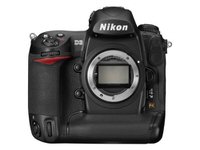
Nikon D3
12.1-megapixel FX-format (23.9 x 36mm) CMOS sensor, 3.0-inch, super density 920,000-dot VGA color monitor
Lisa calls the Nikon D5 her “workhorse”, which she uses for most of her DSLR shooting. She is quick to note, however, that the D800 is a must when working with larger file sizes, a key factor in her Anonymous Man composites. The Nikon D3 is her fallback, a solid choice to hand over to second shooters when necessary. She tethers to a Macbook Pro or iMac while shooting.
Micro Four Thirds
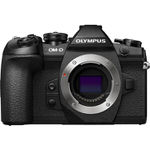
Olympus EM1 Mark II
20.4MP Live MOS Sensor, Micro Four Thirds System, 2.36m-Dot LCD Electronic Viewfinder
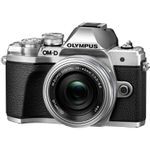
Olympus OM-D E-M10 Mark III
16.1MP Four Thirds Live MOS Sensor, Dual Quad-Core TruePic VIII Processor
Though the Olympus OM-D E-M1 Mark II is a newcomer to her bag, Lisa says it has quickly become an “integral piece”, used for documentary shooting as well as still work. She lists lightness and quiet shooting as the pros of this model, noting that it transitions well from Capture One to Photoshop and back, with no visible distinctions from images shot with her Nikons.
In fact, her Olympus and Nikon kits line up quite similarly, and Lisa speaks of both with enthusiasm. It’s clear that from her perspective the current surge of professional interest in Micro Four Thirds equipment is more than just a trend. Her fallback Micro Four Thirds, the Olympus OM-D E-M10 Mark III, holds up well next to its flashier counterpart and receives praise for its reliability.
LENSES
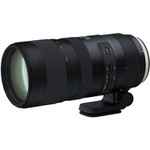

Tamron 70-200mm f2.8
Aperture Range: f/2.8 to f/22, VC Image Stabilization, Dust and Moisture-Resistant Construction
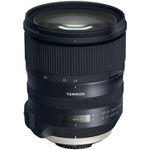

Tamron 24-70mm f/2.8 Di VC USD G2
Aperture Range: f/2.8 to f/22, F-Mount Lens/FX Format, Four Aspherical Elements
Meet the stars of Lisa’s DSLR lens line-up. The 70-200mm shines on location, pairing upgraded vibration compensation with a snappy autofocus to get clear, sharp images on the go. The 24-70mm also offers crisp, detailed images and Lisa has certainly put it to the test with long days of dedicated shooting, using it for both still and video work.
When you’re in a tight spot, go wide. Lisa is careful to keep an eye on her perspective when shooting with this lens, finding it useful for her Anonymous Man architecture and any situation where she finds herself in close quarters. She loves that it minimizes chromatic aberrations, sun flare, and other hard-to-predict byproducts.
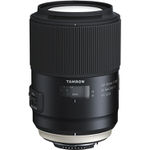

Tamron 90mm f/2.8 Di Macro 1:1
Aperture Range: f/2.8 to f/32, Nikon F Mount/FX Format, VC Image Stabilization
A favorite for Lisa when she’s got a specific depth of field in mind, this lens is straightforward but demonstrates surprising adaptability. The 1:1 lets her get in close to grab details, which is absolutely essential for shooting food and other product photography.
Fixed focal lengths are always good to have on hand, and Lisa keeps these around for various tasks, including video and specific elements to add into her composites.
Micro Four Thirds
Moving back into Lisa’s Micro Four Thirds kit, we start off with Lisa’s top choice, an M. Zuiko Digital ED lens which she used in early 2018 for big city shooting in frigid temperatures. She tells us that it unequivocally rose to the challenge. She’s a fan of the zoom range, particularly because it decreases aberrations at each focal length in its scope.
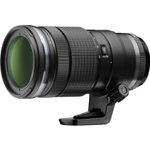

Olympus M.Zuiko Digital ED 40-150mm f/2.8 PRO
Aperture Range: f/2.8 to f/22, 80-300mm (35mm Equivalent)
If you’ve ever needed (or just wanted) a telephoto zoom of up to 300mm but found it to be an unwieldy experience, Lisa highly recommends this Micro Four Thirds equivalent. She finds it more convenient to carry with her and is happy to report that though she has used it for portraits and on location, her clients have yet to notice a difference.
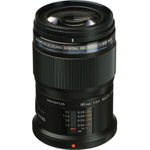

Olympus 60mm MACRO ED 1:2.8 MSC
Aperture Range: f/2.8 to f/22, 120mm (35mm Equivalent), Movie & Still Compatible AF System
Another versatile go-to lens, Lisa has used it to shoot “almost everything.” This macro option is equipped with a Focus Limit Switch to help her get up close and personal with her subjects and capture as much detail as she requires.
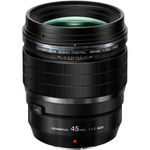

Olympus 45mm 1:1.2 PRO
Aperture Range: f/1.2 to f/16, 90mm (35mm Equivalent), One ED Element, One Aspherical Element
Lisa’s “ideal portrait-length lens” from her Olympus kit is an M. Zukio Pro. She chose it for the f/1.2 maximum aperture, which lends her more flexibility in low light situations, but it comes with the added advantage of the continuity between lenses that M. Zukio is designed to provide.
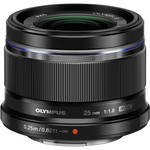

Olympus 25mm 1:1.8 MSC
Aperture Range: f/1.8 to f/22, 50mm (35mm Equivalent), Two Aspherical Elements
With a maximum aperture of f/1.8, this is another great option for low-light situations or fast shooting with a shallow depth of field. Lisa notes that it is equivalent to 50mm, and she considers it her “normal length” fixed focal lens.


Olympus 14-42mm 1:3.5-5.6
Aperture Range: f/3.5 to f/22, 28-84mm (35mm Equivalent), Three Aspherical Elements
Snappy in size and in function, the last lens Lisa mentions is a “pancake” variety that she keeps handy for day-to-day shooting. She never knows when she’s going to walk past “the shot,” so she always leaves the house prepared!
LIGHTING
Natural lighting is highly sought-after and preferred by many, but it can be fickle and uncooperative, causing quality artificial lighting to take—forgive a pun—the spotlight in a studio photography setting. A well-placed lighting setup can turn an outdoor portrait session or busy event shoot around, and a myriad of triggers, stands, and diffusers make speedlights (and their heftier studio counterparts) accessible and useful for nearly any situation. Here are Lisa’s picks:
- Olympus Flash FL 900R
- Phottix Indra500 TTL Studio Light & Battery Pack
- Phottix Odin II TTL Flash Trigger Transmitter E0811
- Phottix Mitros+
- Gary Fong Speedlight Diffusers
Like any commercial photographer, Lisa is no stranger to artificial lighting. She prefers the Olympus Flash FL 900R for her Micro Four Thirds cameras to use at events or, on occasion, indoor portrait shoots. She likes her Indra500 portable studio setup for its speed, dependability, compact size, and long battery life.
Sometimes adding modifiers to the mix, she pairs it with the Phottix Odin II trigger. This trigger also works with her Mitros+ speedlights, which she uses on and off camera. (Lisa recommends non-rechargable batteries for the Mitros+ speedlights due to some overheating she has experienced.) Her Gary Fong diffusers take the edge off her speedlights for a soft finish.
BAG
The Manfrotto MP-RL-70BB Roller Bag 70 serves as Lisa’s primary camera bag, fitting nearly all of her gear while allowing for quick access. She gives it a thumbs up for durability and style, two features which are always a win to find in one product.
MISCELLANEOUS EQUIPMENT
- X-Rite Color Checker
- Tethering Tools
- Phottix Extension Tubes for Nikon
- Manfrotto Polarizer and Neutral Density Filters
- Manfrotto 055 Tripod
- Manfrotto MHXPRO-3W Tripod Head
From planning a shoot to post-processing, there are unsung heroes in every photographer’s kit that lend efficiency to Lisa’s workflow. In the wake of page-long camera specs and lens varieties, it would be easy to consider some of the smaller or less technological tools to be an afterthought, but they can have a massive impact on the end product.
Her X-Rite Color Checker, for example, takes the guesswork out of color management, while her tethering tools are not only crucial for a smooth shoot but great for client demonstrations. Lisa includes Phottix Extension Tubes and polarizer and neutral density filters in her list, as well as her Manfrotto 055 tripod and its MHXPRO-3W head, explaining that they are dependable without being unnecessarily heavy, and can easily withstand a full day’s work.
Lisa has two tools in her kit that you won’t see in her bag: experience and skill. It’s true that her list of equipment is lengthy and specific, but her discerning eye and the years of practice under her belt are essential to the execution of her complex and dramatic work. All photographers find the equipment that works for them through research, trial, and error, so get out there and find what works for you!
To view selections from Lisa’s powerful portfolio and learn more about her award-winning series, The Anonymous Man, visit her website or follow her on Instagram, Facebook, Twitter, and more!

